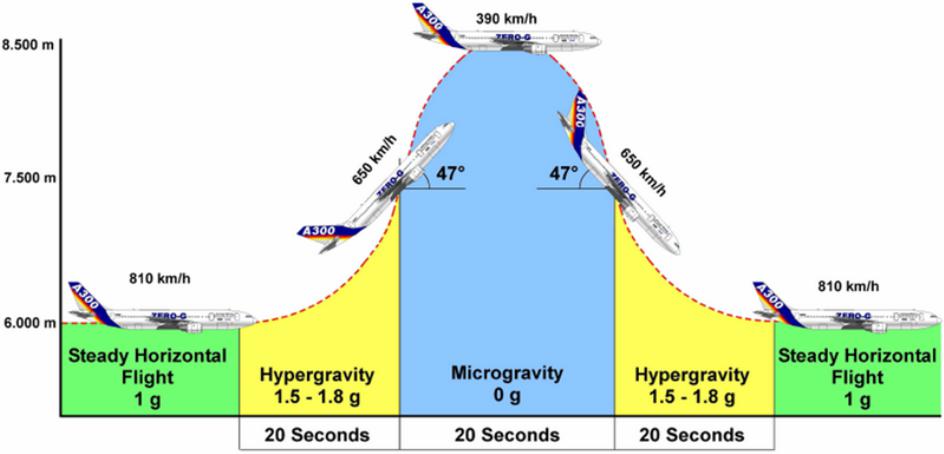Contant Person: I. Lioumbas [lioumbas@gmail.com]
The effective enhancement in boiling heat transfer provided by porous-layer coatings is mainly attributed to combinations of an extended surface area effect, an increased nucleation site density effect and the bubble dynamics at the top of the layer adjacent to the liquid pool. However, up to now, no model has been proposed putting forward the above concepts in order to describe the heat transfer coefficient on such porous surfaces.
In order to provide original experimental evidence to support such modeling efforts, an experiment is conceived, where a ceramic porous medium saturated with water is submerged in a hot immiscible liquid (i.e. oil) having only its top surface exposed to the oil. The hot liquid triggers boiling over and right below the surface of the porous medium. The employed heating approach cancels the effect of natural convection in the surrounding liquid layers since the hot oil is above the cold porous matrix and circumvents the problem of non-uniform heating of the exposed porous surface which is a significant source of unsteadiness when heating porous substrates by electrical or radiation means from their bottom. As a result, the employed heating approach leads to smoother boiling operation.
Increased levels of gravity in the range from 1g to 9g are used as a tool (experiments conducted in the Large Diameter Centrifuge at ESA/ESTEC) to modify bubble dynamics over the porous surface. Upcoming experiments in microgravity conditions (i.e. during a Parabolic Flight Campaign) will provide evidence on the effect of absence of gravity on the above phenomena.

LDC is spinning at 3.0g. Click here to watch the video: https://www.youtube.com/watch?v=Vy4C2laBCro

Images of bubbles distribution above the porous surface at terrestrial & increased gravity levels. Click here to watch the video: https://www.youtube.com/watch?v=A0RduNuslfw

Parts of the device that will be used during the experiments in microgravity conditions. Click here to watch the video: https://www.youtube.com/watch?v=oJjpGBP6HHs

Parabolic trajectory of ESA A300 Zero-G aircraft (Copyright European Space Agency 2005).